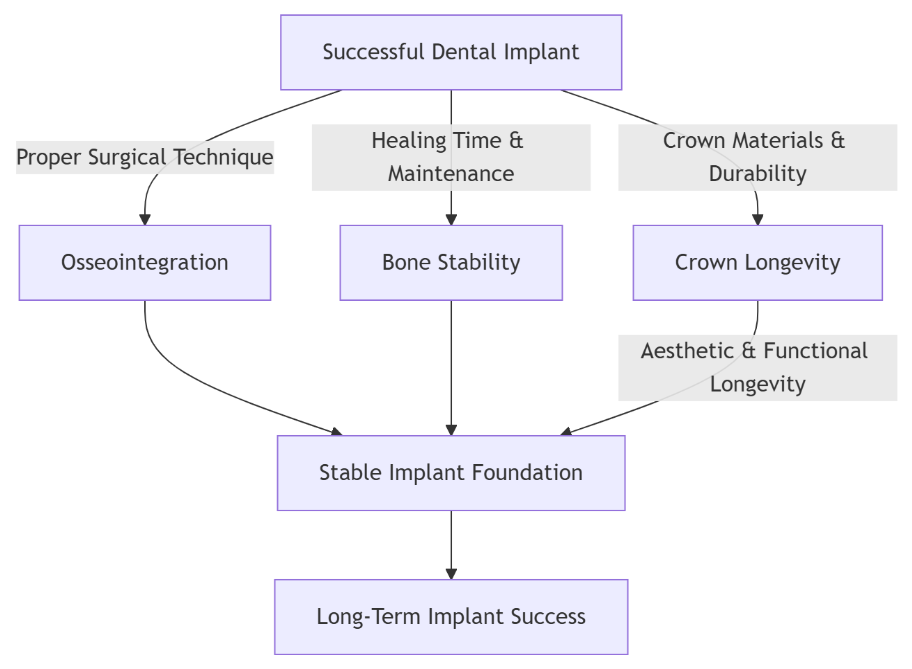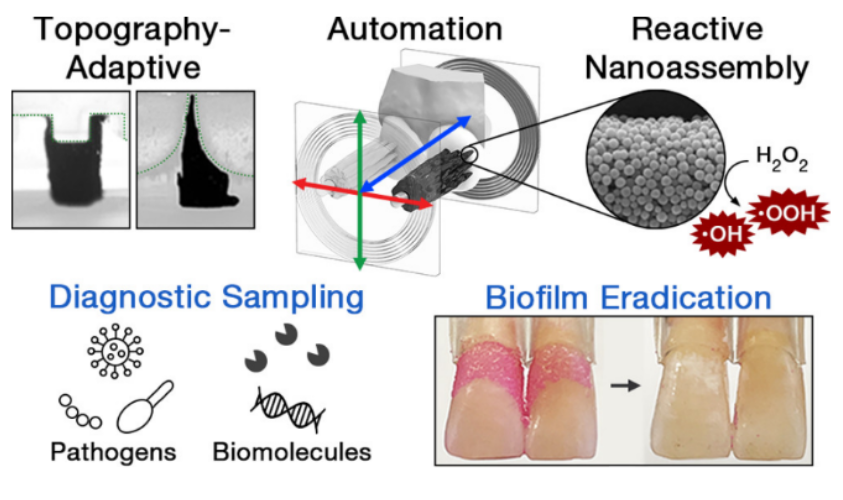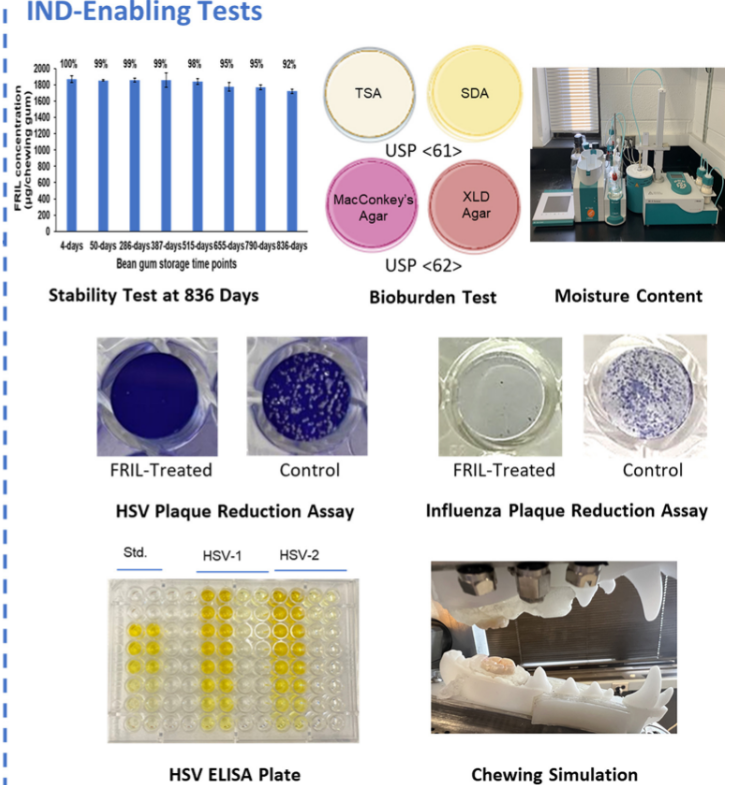Dental Implants Exhibit Exceptional Longevity: A 40-Year Follow-Up Study
Dentists finally have an argument to answer the question of how long dental implants last. A recent study conducted by the University of Gothenburg has shown that implants placed in the 1980s are still successfully functioning today. It is noteworthy that these are the first examples of dental implants that were developed by the Swedish scientist Per-Ingvar Branemark. It was he who discovered and utilized the phenomenon of osseointegration for root implants.
Key Findings
The study followed 16 patients who received single-tooth implants between 1982 and 1985. After approximately 40 years, 13 of these patients, accounting for a total of 18 implants, participated in the follow-up. Remarkably, all examined implants were still in place and fully functional, with minimal bone loss observed around them. This underscores the durability and reliability of dental implants as a long-term tooth replacement solution.

Radiographs collected at baseline with an acrylic crown (A) in 1984 and at the 40-year follow-up (B) with a cemented ceramic crown placed on a Nobel Brånemark CeraOne abutment. The arrows indicate the marginal bone levels (MBL) at baseline (A) and at the follow-up visit (B), and show significant bone gain during the follow-up period. Wiley Online Library/ Sargron Barkarmo/ cid13443/ 2025
Yes, it’s a very small sample, but it’s hard enough to find a large number of people who had implants at that time and are still alive and willing to be examined.
Mechanisms & Biological Pathways
“It is impressive that the single implants function so well after such a long time. Even though the study included a small number of patients, the results show that the implants remain in place and that the bone loss around them is virtually unchanged after forty years. This confirms that the foundation Brånemark established still holds,” says Sargon Barkarmo, prosthodontist and senior lecturer at the University of Gothenburg. The success of this process is crucial for the implant’s longevity and functionality.
Implications for Dental Professionals
This confirms that the foundation Brånemark established still holds,” says Sargon Barkarmo, prosthodontist and senior lecturer at the University of Gothenburg. This study highlights several important considerations for dental practitioners:
- Long-Term Success: Implants placed using well-planned surgical techniques and allowed sufficient healing time demonstrate excellent long-term outcomes.
- Crown Longevity: While implants remained stable, only about 60% of the original crowns were intact after 40 years. Most replacements were due to aesthetic preferences rather than technical failures, suggesting the need for durable crown materials.
- Evolving Implant Systems: The study notes that older implant systems with proven efficacy are often replaced by newer models lacking long-term follow-up data. Dental professionals should exercise caution when adopting new technologies without established track records.

Study Overview
The research involved a longitudinal follow-up of patients who received single-tooth implants in the early 1980s. Conducted at the Brånemark Clinic, Public Dental Service Västra Götaland, the study assessed implant stability, bone loss, and crown integrity over nearly four decades. The findings have been published in the journal Clinical Implant Dentistry and Related Research.
Conclusion
The exceptional longevity of dental implants, as evidenced by this 40-year follow-up study, reinforces their viability as a durable tooth replacement option. Dental professionals are encouraged to consider these findings when planning and executing implant treatments, ensuring both functional and aesthetic success for their patients.
Sources
- Science Daily – Dental implants still functional after forty years – March 3, 2025
- Clinical Implant Dentistry and Related Research – Outcome of Single Dental Implants Over 38–40 Years: A Long-Term Follow-Up Study – February 3, 2025








